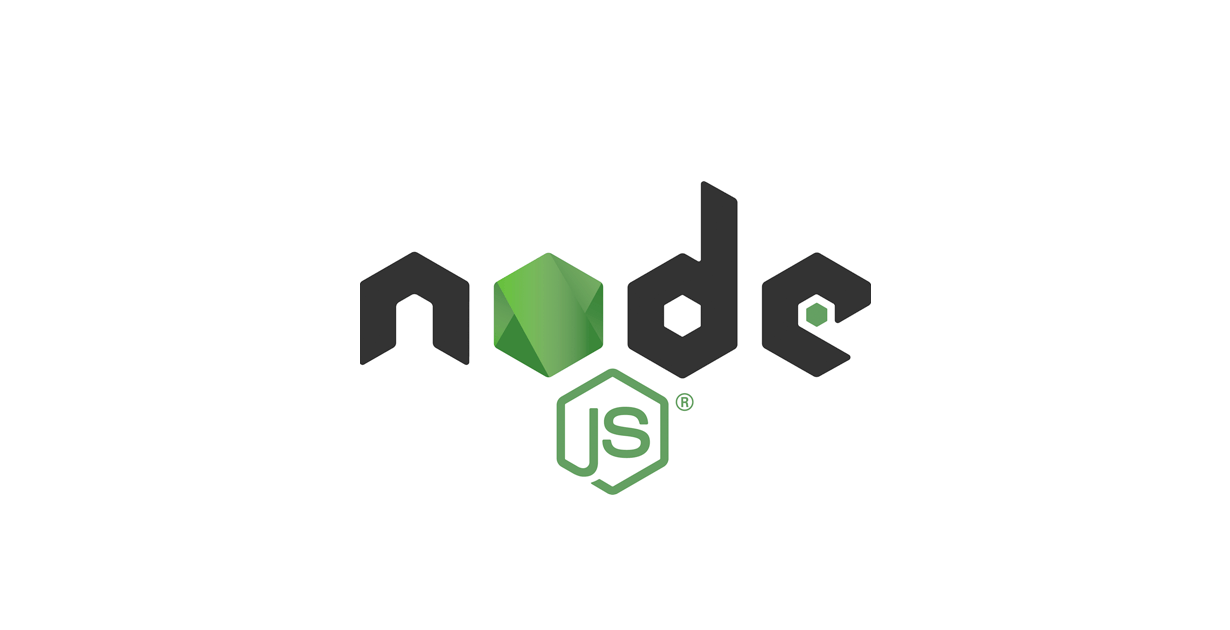

- #PUPPETEER SCREENSHOT PATH HOW TO#
- #PUPPETEER SCREENSHOT PATH INSTALL#
- #PUPPETEER SCREENSHOT PATH CODE#
Otherwise, you can miss it and take a screenshot of nothing.
#PUPPETEER SCREENSHOT PATH INSTALL#
Note: Be sure to install the newest version of Node.js. Make sure that node binary is in your environmental variables or PATH by typing node -v in the command line. Install Node.js Download Node.js here and follow the installation steps.
#PUPPETEER SCREENSHOT PATH HOW TO#
if served) puppeteerTestĪllows to define arbitrary Puppeteer tests as function. It is essential to wait until the selector is ready and rendered. How to Install Puppeteer Installation takes only two steps. Then you will need to reference the storybook URL ( file://.

Init a new Node.js project in the folder. And always close the browser to avoid resource leaking You can use our reliable and scalable screenshot API with myriad options to avoid the burden of setting up and managing Puppeteer. mkdir puppeteer-screenshot cd puppeteer-screenshot. You use the parameter path in Puppeteer to save the screenshot. Have a static build of the storybook (for instance, using npm run build-storybook) Create a new folder for your project and go to the directory.accessible via http(s), for instance using npm run storybook)

When running Puppeteer tests for your stories, you have two options:

⚠️ React-native is not supported by this test function. ⚠️ As of Storybook 5.3 puppeteer is no longer included in the addon dependencies and must be added to your project directly. It contains the captured screenshot of the emulated webpage for the iPhone X device.Add the following modules into your app. So in our example, we shall run the following command −Īfter the command has been successfully executed, a new file called the iPhoneDevice.png gets created within the page directory.
#PUPPETEER SCREENSHOT PATH CODE#
Step 4 − Execute the code with the command given below − Step 3 − Add the below code within the testcase1.js file created. Step 2 − Enter a filename, say testcase1.js. Right-click on the folder where the node_modules folder is created, then click on the New file button. The details on Puppeteer installation is discussed in the Chapter of Puppeteer Installation. Step 1 − Create a new file within the directory where the node_modules folder is created (location where the Puppeteer and Puppeteer core have been installed). To begin, follow Steps 1 to 2 from the Chapter of Basic Test on Puppeteer which are as follows − Let us emulate the device iPhone X using the emulate function in Puppeteer. We are using yargs-parser to convert our CLI arguments into something useful. The syntax for this method is as follows − Create a new project, jump in to initialise it and install the following: mkdir puppeteer-katex cd puppeteer-katex begin project with basic settings yarn init -y yarn add puppeteer yargs-parser. To emulate a device, we have to use the method emulate() and the device to be emulated is passed as a parameter to this method. Then, click on the Toggle Device Toolbar.Ĭlick on the dropdown - Responsive to get the list of devices. Right-click on a page opened in the Chrome browser, then select Inspect. The list of devices that the Puppeteer supports can be obtained from the Chrome DevTools. We can run tests with mobile configurations in Puppeteer and check the responsive property of a webpage.


 0 kommentar(er)
0 kommentar(er)
